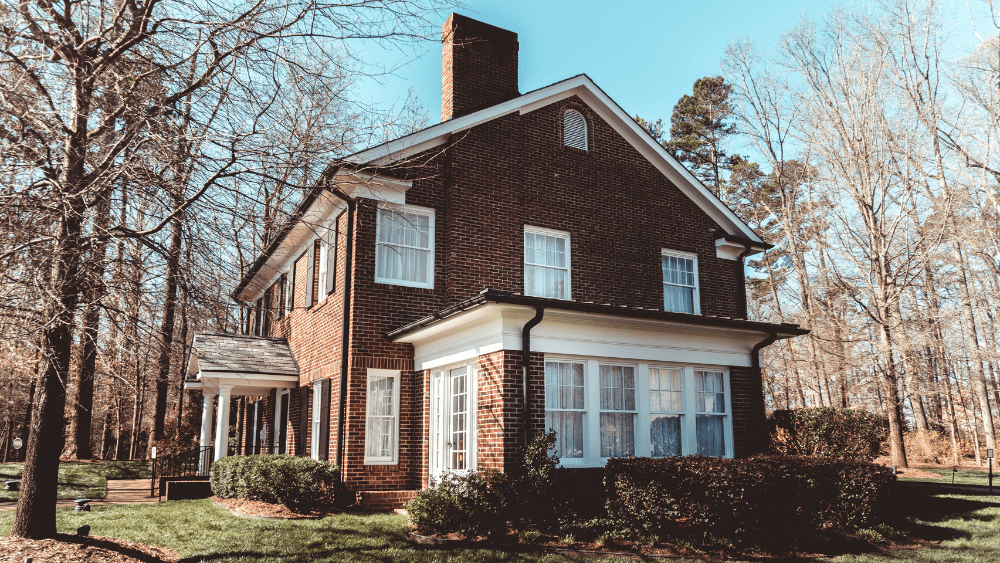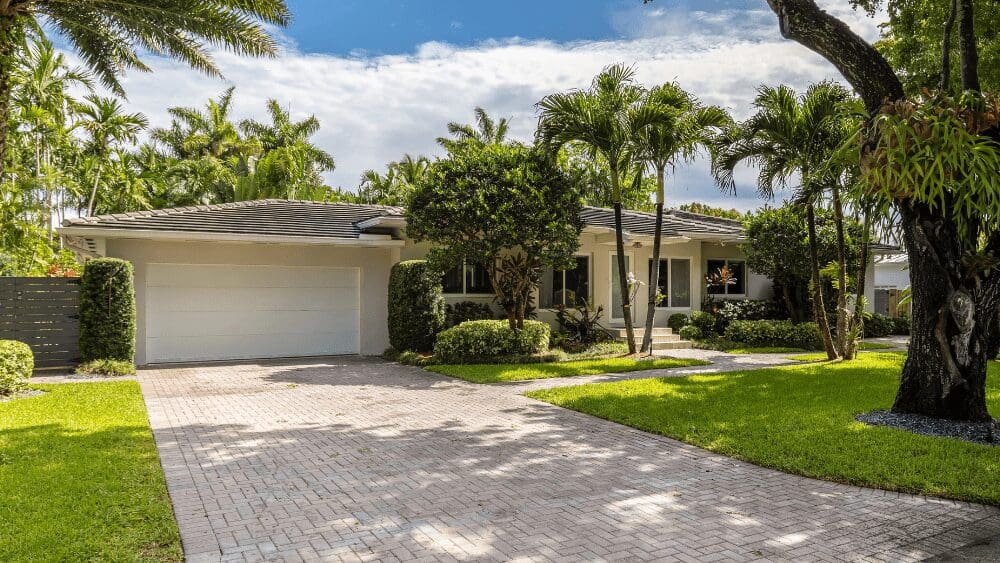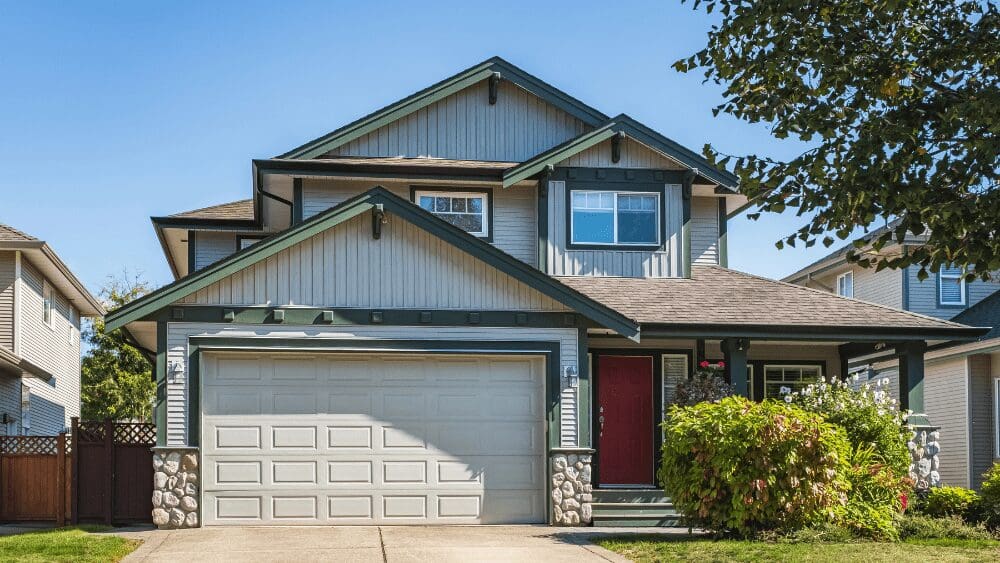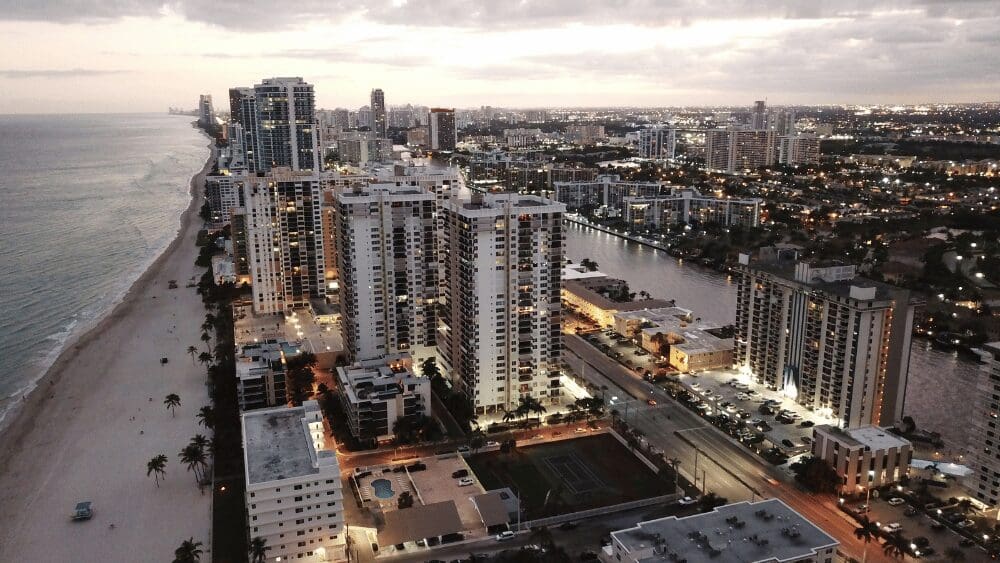
Climate change and rising home insurance rates have forced many homeowners to ask a worst-case scenario question: “How much does it cost to rebuild a house?” The next dreaded domino question would be, “Do I have enough replacement cost coverage to rebuild my house?” Whether you’re concerned about natural disasters or accidents or just curious about your home’s value, this guide provides helpful insights to answer these poignant questions. A good homeowners insurance policy contains a package of protection. One slice of that package is what’s called “dwelling coverage,” the part that covers the physical structure of your home, not its contents or the land beneath it. Within the industry, this is referred to as “Coverage A,” defined as “major property coverage that protects your house and attached structures if it is damaged by a covered peril.” Dwelling coverage has been in the news more because of rising insurance rates brought on by climate change threats and increased building costs. In disaster-prone parts of the country (areas with hurricanes, floods, tornadoes, and wildfires), some homeowners are faced with reducing their dwelling coverage to make their premiums more affordable. Essentially, this means they are lowering the amount of insurance money they would receive to rebuild their home from scratch. This is also known as “Replacement cost coverage.” If your dwelling coverage amount is lower than the cost of rebuilding your home, your insurance claim won’t provide you with enough money to cover the entire cost of replacing your house. For example, if you have $400,000 in dwelling coverage, but it costs $480,000 to rebuild, you would have to pay the $80,000 difference or reduce costs by downsizing or downgrading. When establishing a homeowners insurance policy, you will typically be asked to choose between actual cash value coverage (ACV) and replacement cost coverage.Why the cost of rebuilding a house is making headlines
What if you don’t have enough dwelling coverage?
Actual cash value vs. replacement cost



